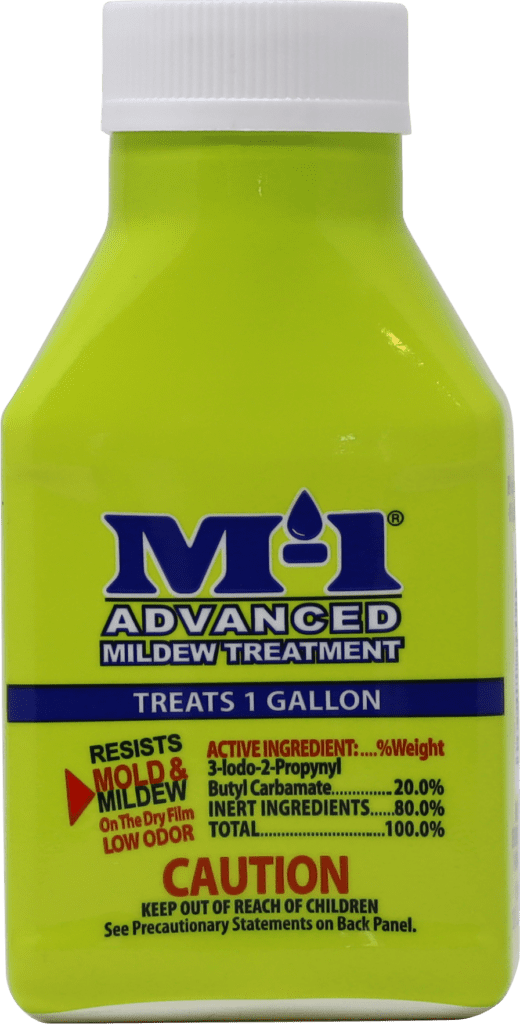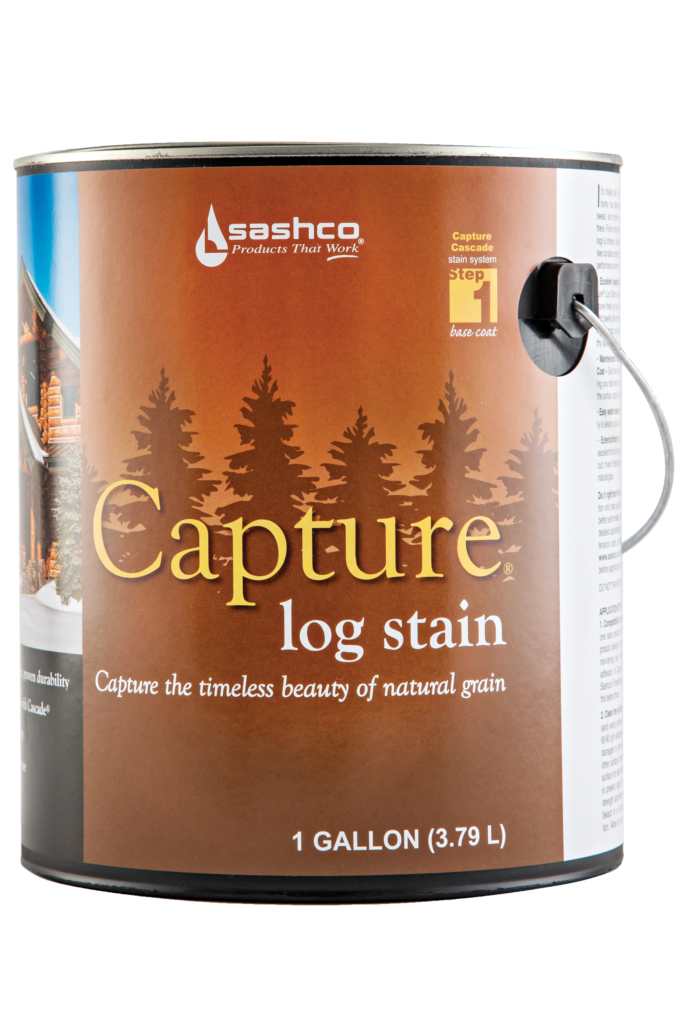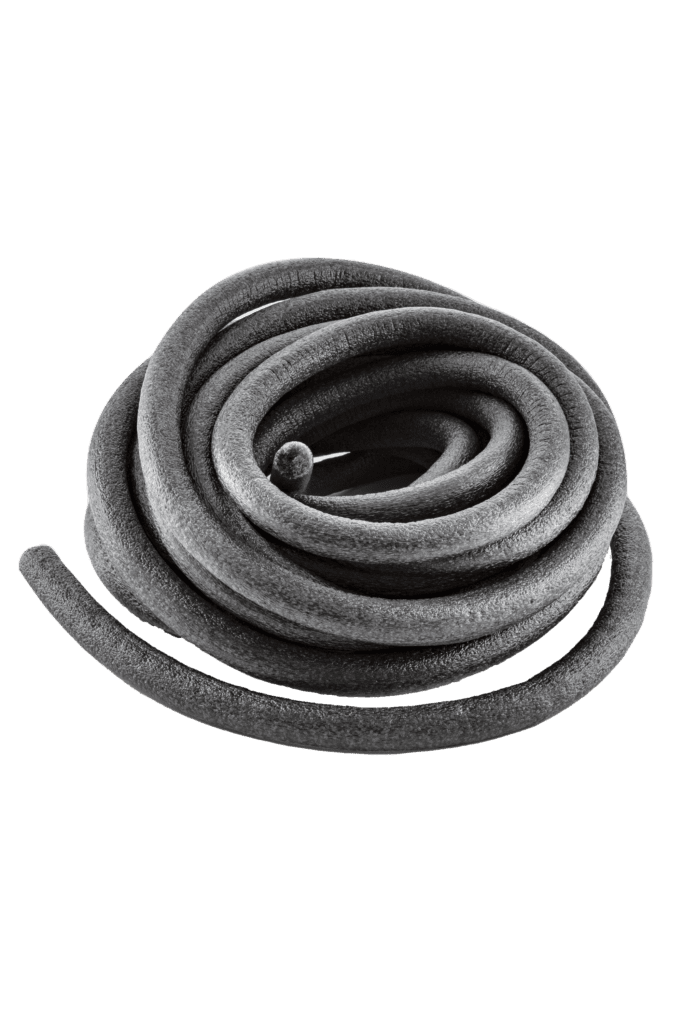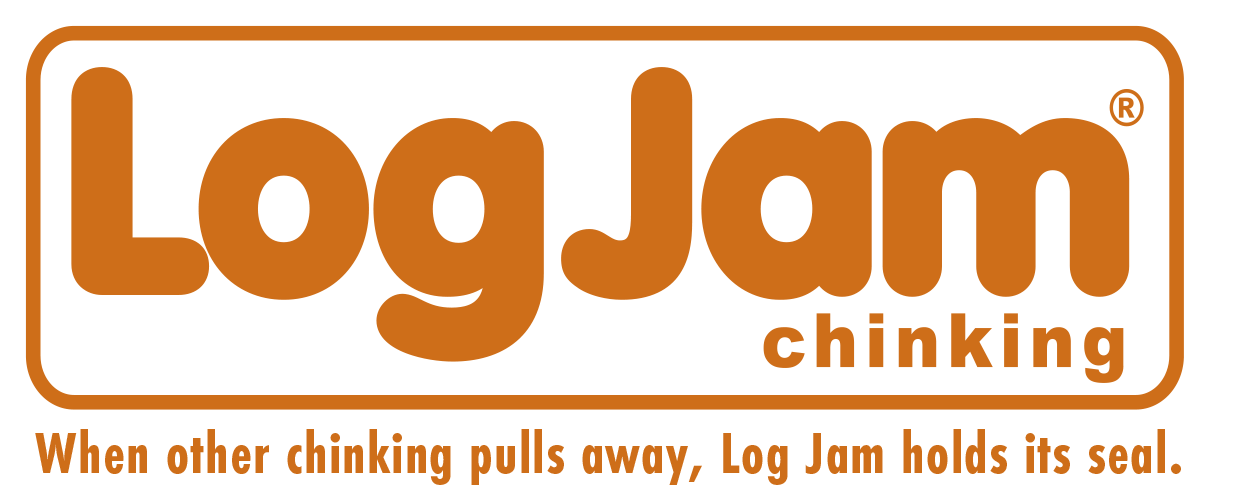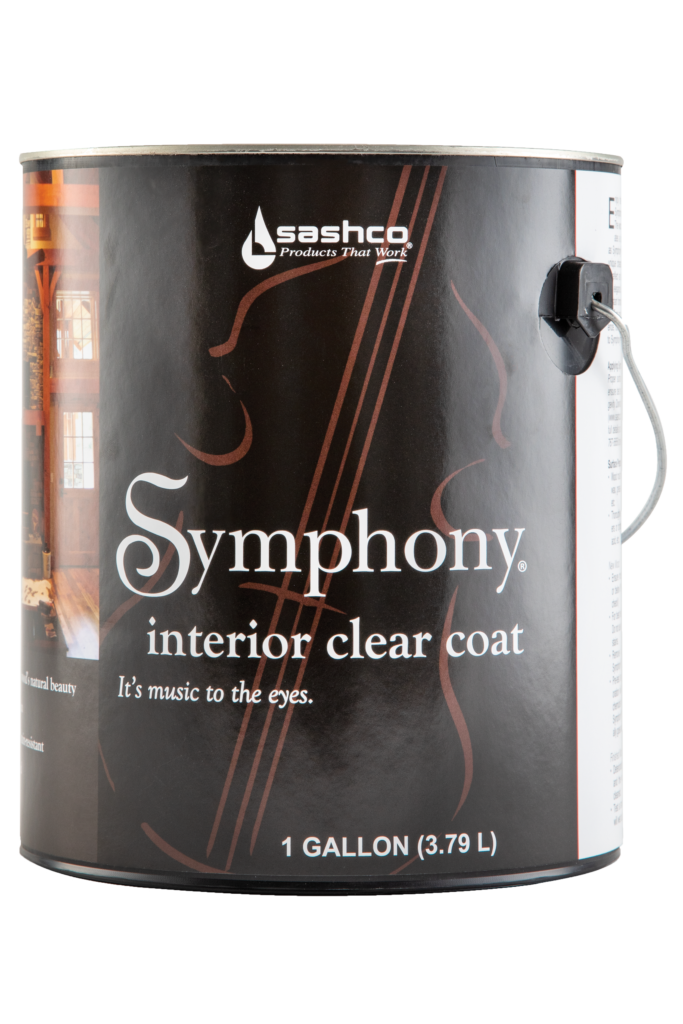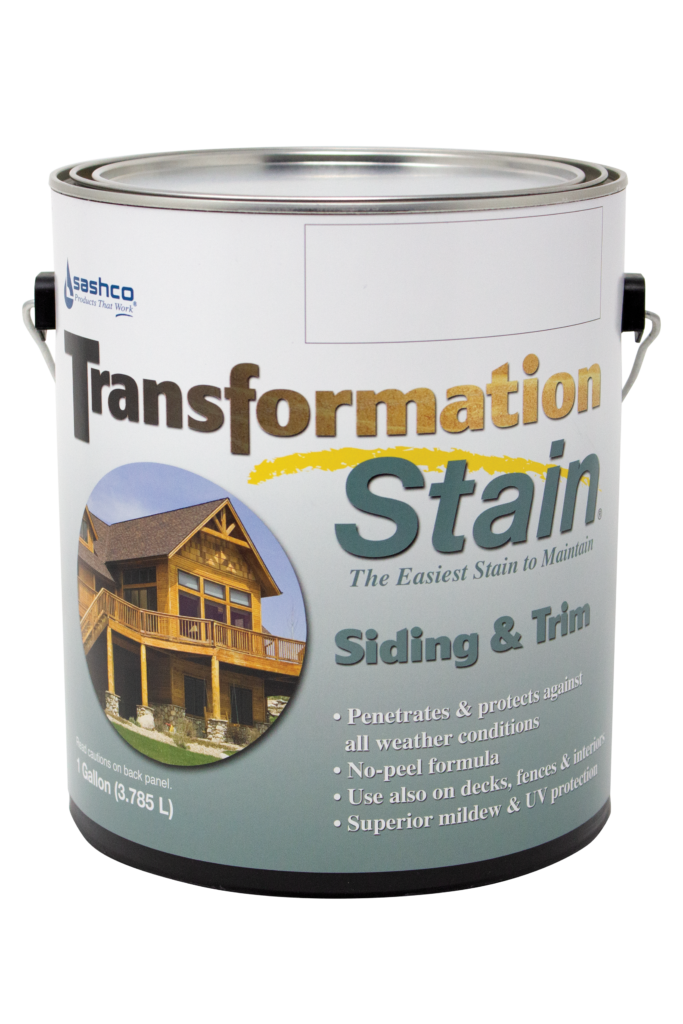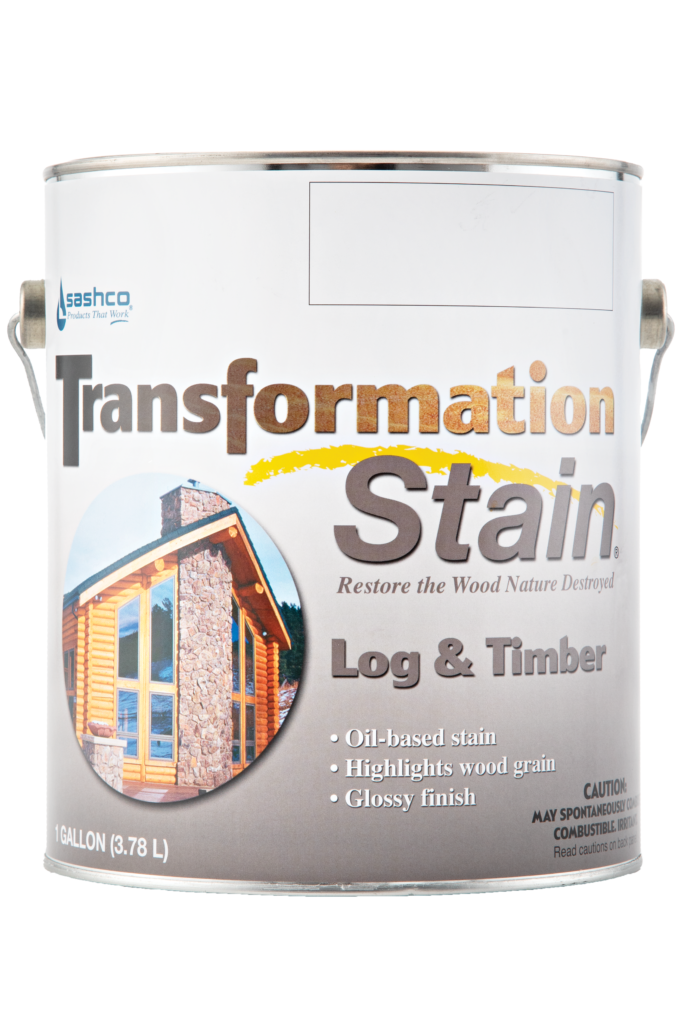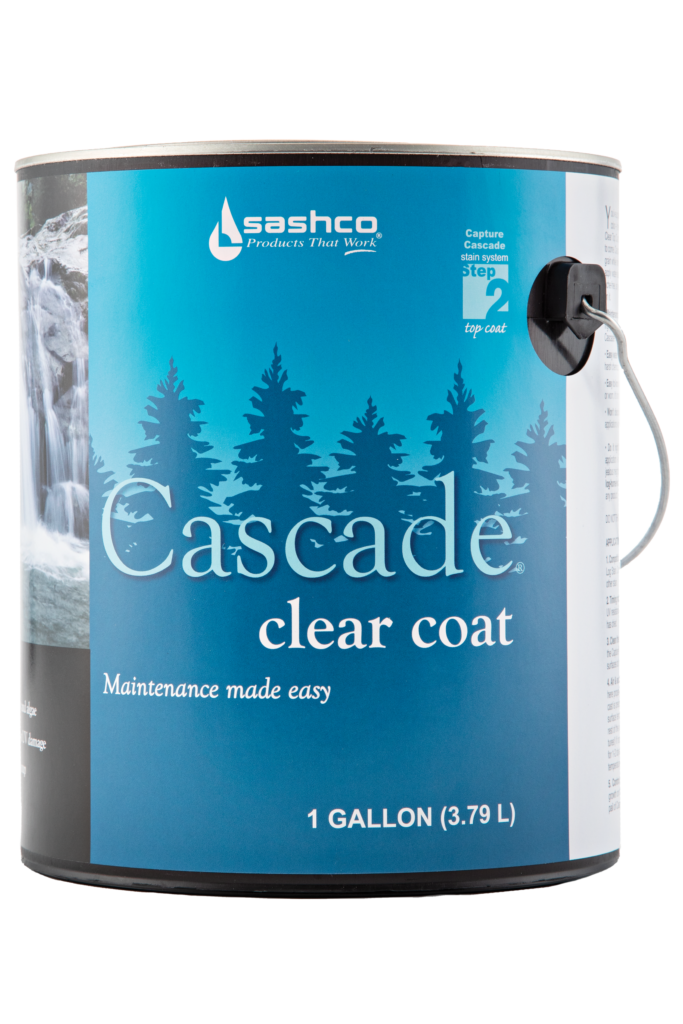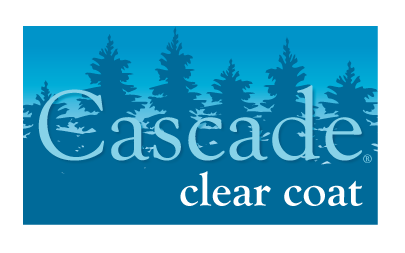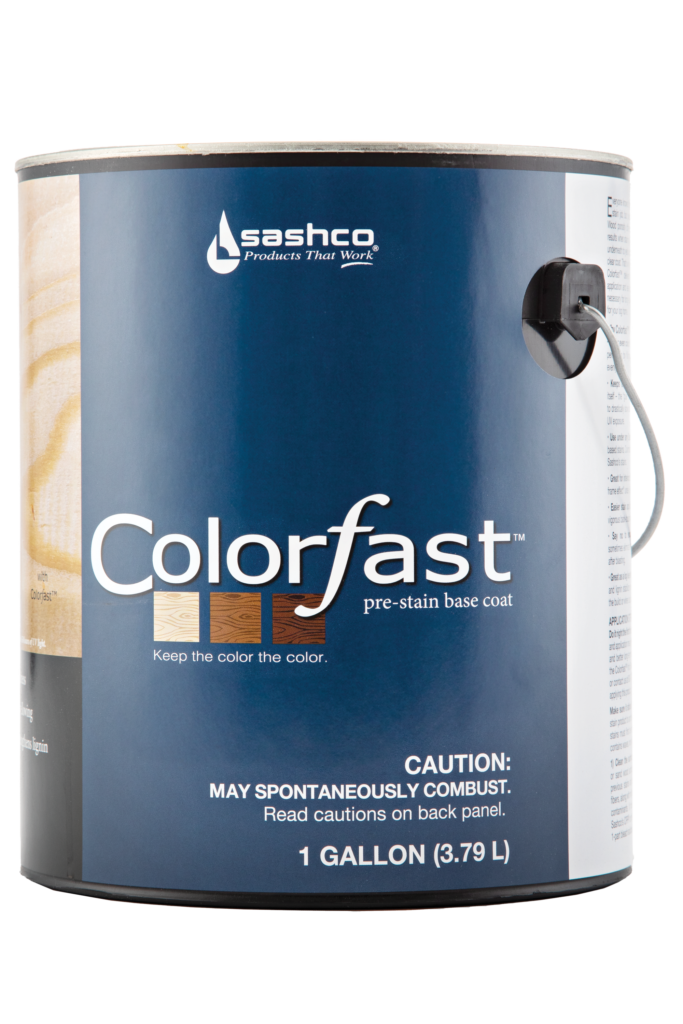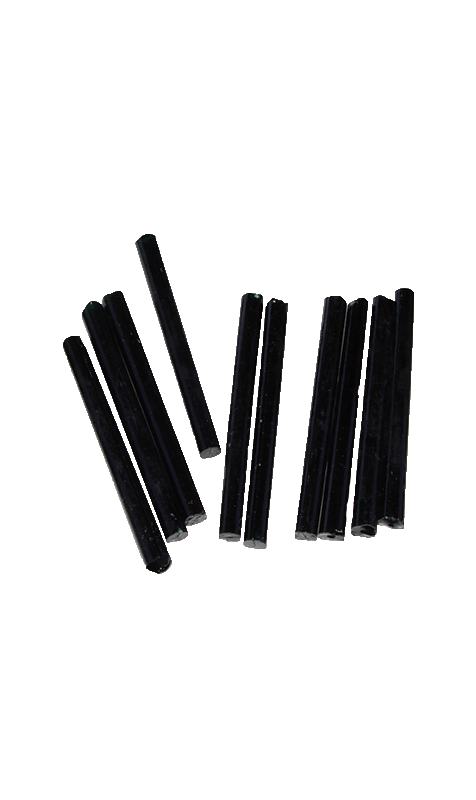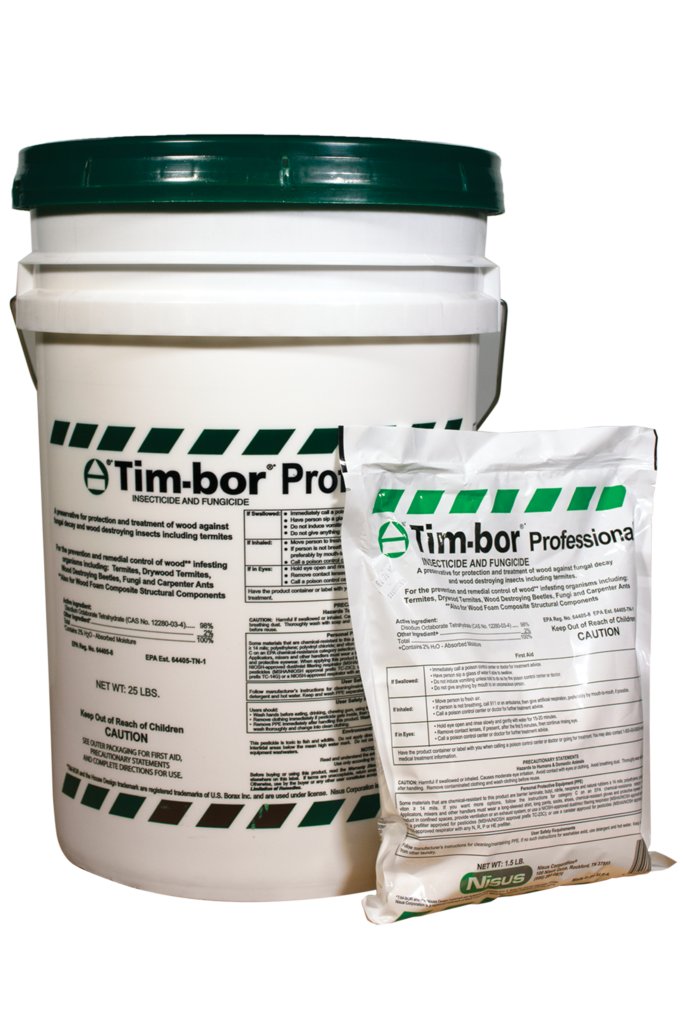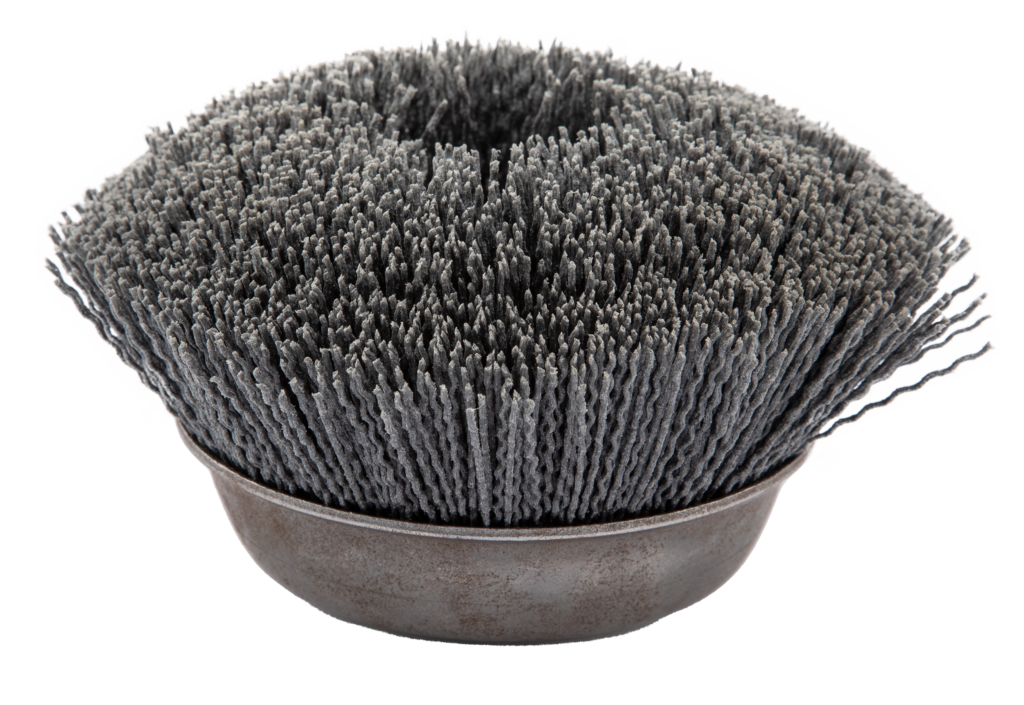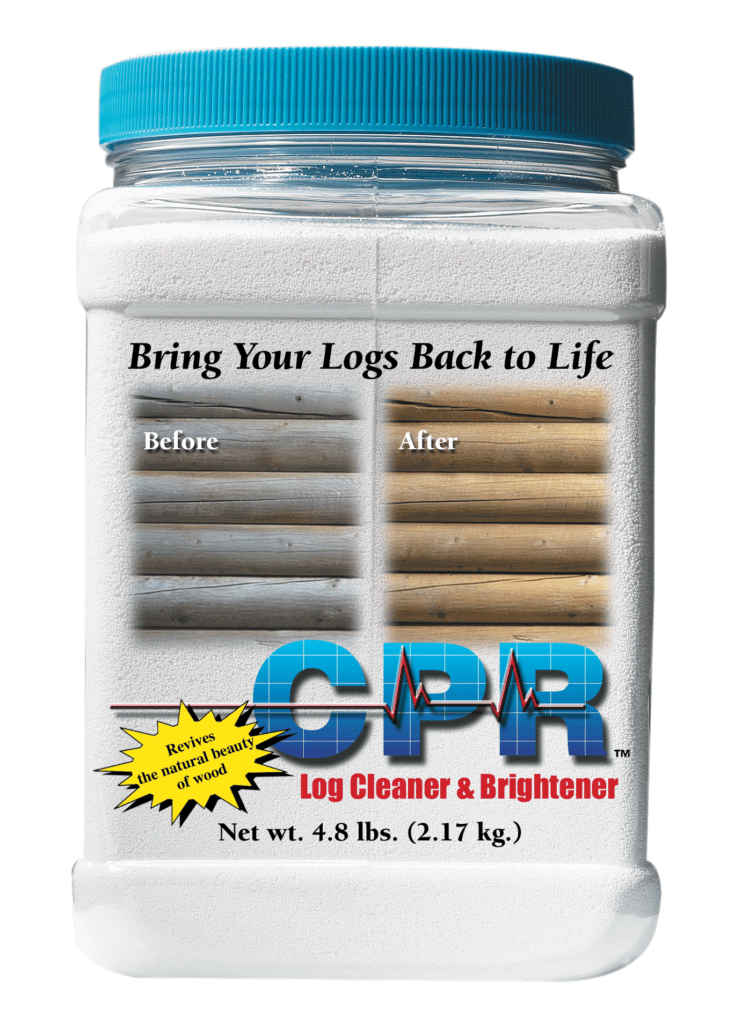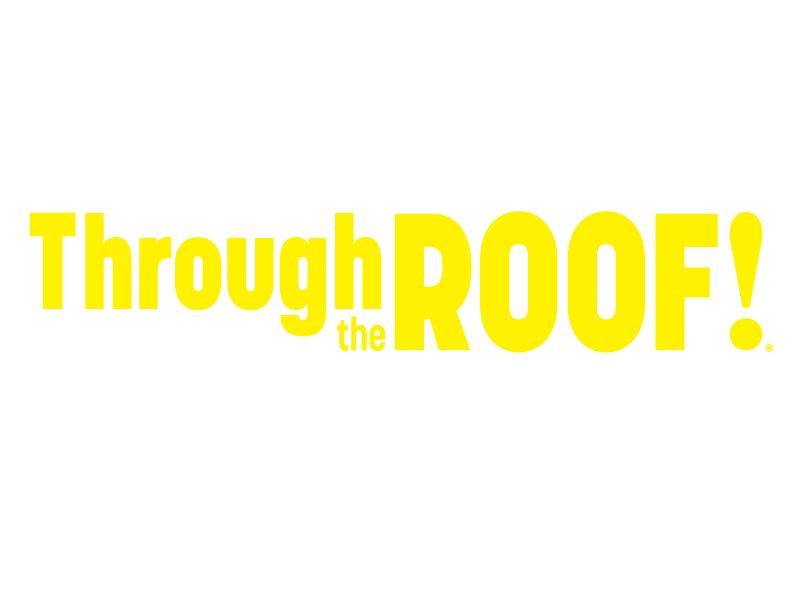Renovating a bathroom comes with plenty of unique challenges. As a contractor, you know how tough it can be to create a water-tight seal that will prevent mold and mildew from growing. You’ll need a tough, long-lasting caulk with water-sealing technology. Your caulking also needs to look great in the bathroom and be easy to use on any project that comes your way.
Read on to learn more about the best shower caulk to prevent mildew – and why not all bathroom caulks are created equal. Different types of caulk each have their own chemical makeups, some of which are more effective at preventing mold and mildew than others.
Why Does Mold And Mildew Grow On Caulk – And Why Should You Care?
The bathroom is the perfect environment for mold and mildew to grow. It’s important to take steps to prevent mold and mildew growth before it starts. Even when your customer cleans their bathroom regularly, these pesky fungi can cause health problems. If your customer struggles with asthma or allergies, mold and mildew can irritate those conditions and make them worse.
Mildew and mold form in warm, humid environments. All the moisture in the bathroom makes the perfect breeding ground for mildew and mold. Between taking showers and washing your hands, the bathroom can become a very humid environment very quickly. Mold and mildew can form from the residue of soap, shampoo, body oil, and other common hygiene products. This causes major problems and is hard to avoid.
If you don’t use a mold-resistant caulk, homeowners will have to clean the bathroom daily to keep it from building up. Not only is this inconvenient, but it also increases their exposure to mold and mildew. This can hurt the air quality in their bathroom and be irritating for those who struggle with respiratory problems.
Mold can also grow underneath the caulk, which means you won’t be able to see it or clean it. When mold and mildew grow underneath your caulking, it can cause long-term damage to the bathroom. However, you can keep your customer safe by upgrading to a high-performance caulk.
The Evolution of Caulking Technology
Luckily, caulking technology has evolved to prevent mildew and mold growth. In the past, contractors have expected caulk to fail and to need to be replaced eventually. This no longer has to be the case – modern bathroom caulks are designed specifically with longevity in mind.
The most effective bathroom caulks are moisture resistant. Mold and mildew require moisture in order to grow. Moisture resistant caulks prevent mold and mildew from growing inside, but they also prevent water from making its way in from the outside. Silicone formulas are designed to be waterproof, and they also have the durability to prevent water from getting inside. This is because they are very flexible and move with the house over time without cracking. Brittle caulk formulas can crack as temperatures switch from hot to cold, leaving the bathroom more susceptible to water damage.
Additionally, there are many caulks that are infused with mildewcide or biocide to prevent mold growth. These are chemicals that are designed to kill mold for an extended period of time. If they are infused, then why is there still a mold problem around tubs and showers? Mildewcides are well-known to leach out over time and in some caulks quite rapidly.
A more advanced alternative to mildewcide is active enzyme bio-technology. CleanSeal is the only caulk with this new technology that contains active enzymes, making the caulk truly mold resistant. The active enzymes prevent natural oils from building up by eating the oils that feed the mold growth. This makes it very difficult for mold to grow. When combined with a flexible, water-resistant caulk formula, these enzymes are very effective at preventing mold growth on an ongoing basis.
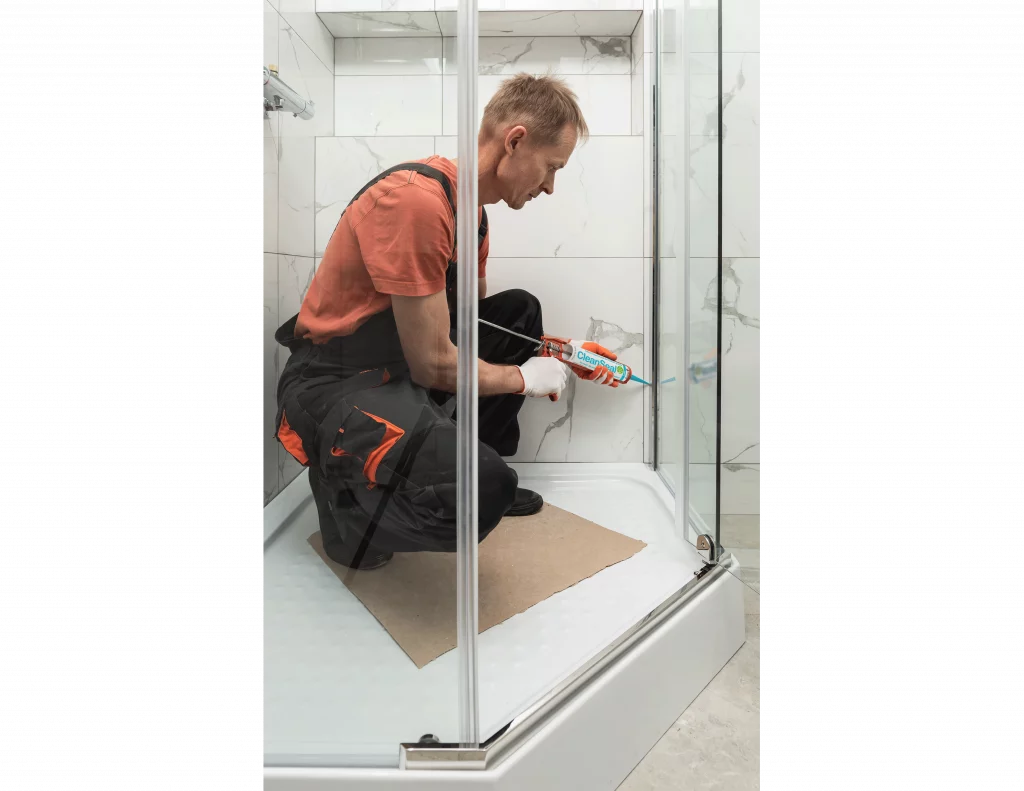
CleanSeal Caulk Prevents Mildew and Mold
CleanSeal is an innovative caulk formula from Sashco designed specifically for kitchen and bath. When you use this sealant for your bathroom renovations, you can feel confident knowing that you are giving your clients superior durability and performance. CleanSeal prevents mold from growing for years to come, keeping bathrooms clean and healthy with very little maintenance required.
What makes CleanSeal so unique is the product’s active enzyme bio-technology. By preventing oils from building up on the caulk, it stops mold and mildew from growing. Unlike traditional mildewcide, this caulk uses environmentally friendly enzymes. It also prevents mold from growing instead of killing mold that already exists. The formula becomes water-resistant very quickly after applying. This water resistance makes it even more difficult for mold to grow on top of or underneath the caulk.
In addition to fighting off mold, CleanSeal has a durable yet elastic formula that’s designed to last through years of wear and tear. Homes will naturally move over time, especially when joints move because of the house shifting and settling, or when weight changes. If your caulk isn’t elastic, it could end up cracking – especially in newly renovated spaces like the bathroom, where your customer is stepping in and out of the bathtub or shower, causing some weight shifts.
CleanSeal is also extremely adhesive, another feature that is key for the bathroom. Many homeowners clean their bathrooms frequently and need a caulk that isn’t going to peel off when it gets wet or soapy. On top of that, CleanSeal is also very easy to apply – a must for any contractor looking to get their project finished efficiently.
Final Thoughts
As a contractor, you need high quality products to support the high quality of your work. Your reputation hinges on a finished product that will last for years to come, so you’ll need a caulk that can resist mold and mildew growth. Sascho’s CleanSeal uses innovative new technology to prevent mold from growing and keep water out. This high-performance caulk will give your clients peace of mind, knowing that they’re protected against mold, mildew, and water damage in the long term.
